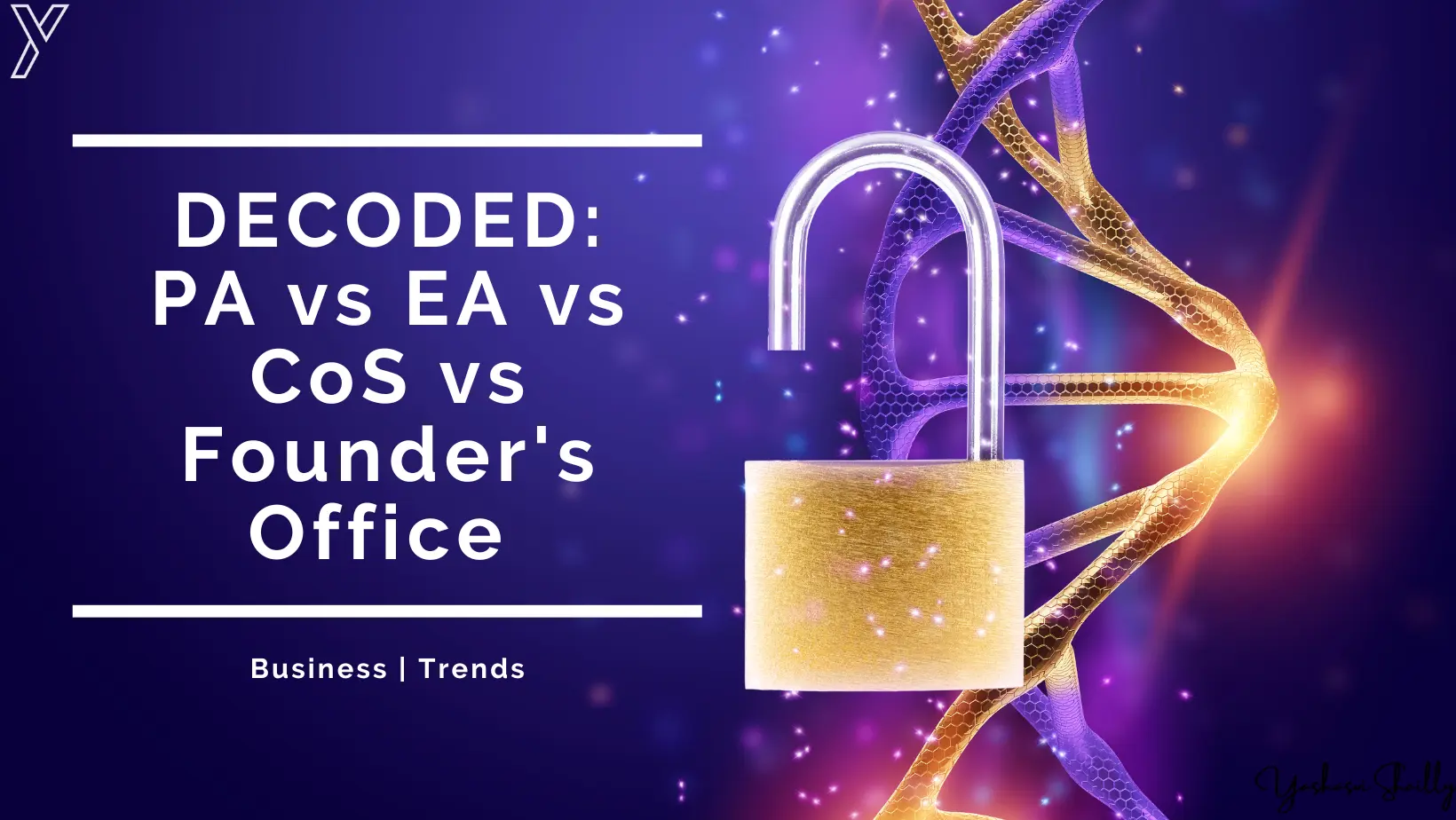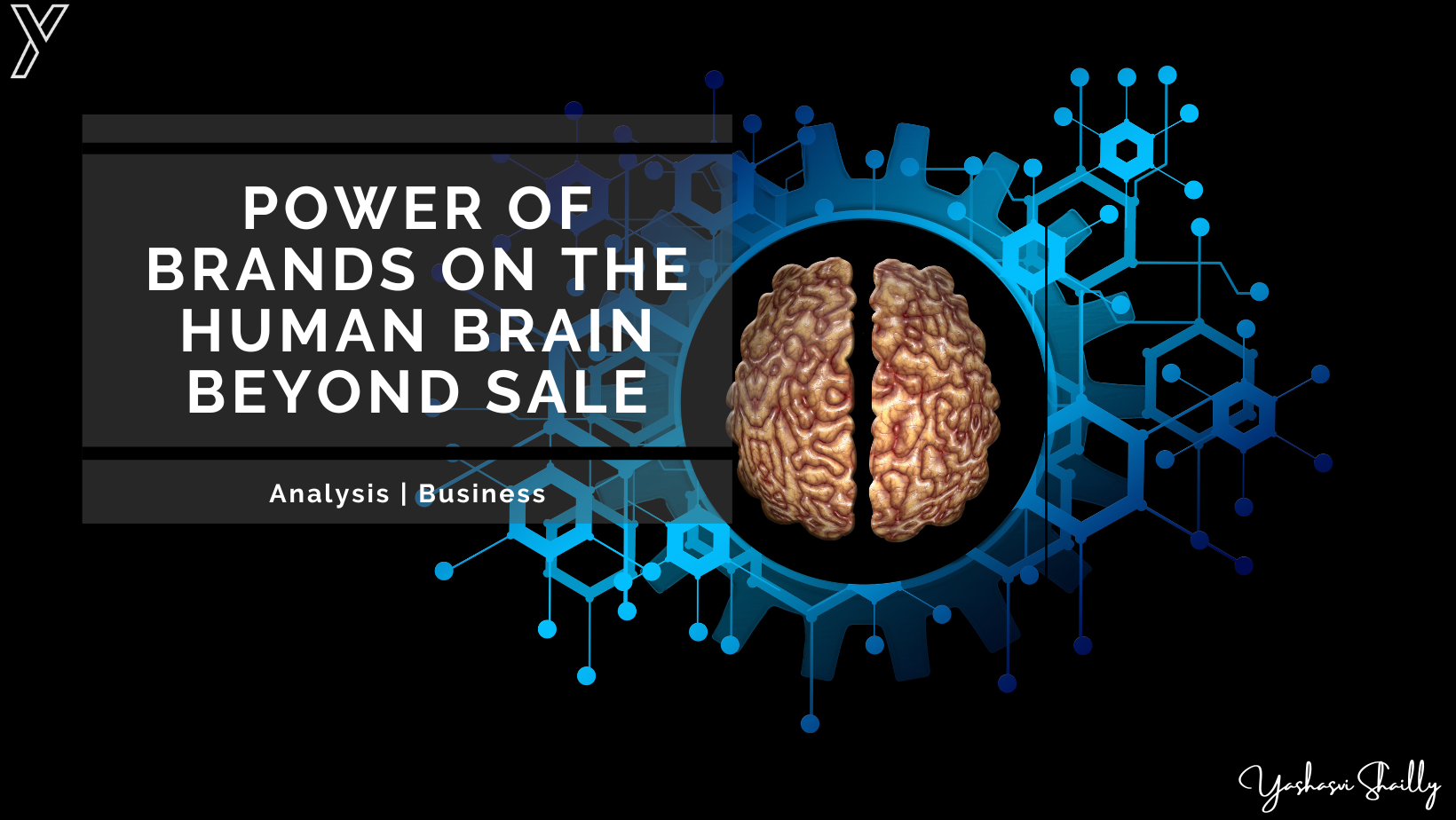I came across a parody video on how a pair of new parents decided to choose reusable diapers over disposable ones and save on landfills while downing 10,000 litres of water, washing those diapers.
Just last week, Ola Electric Mobility launched its first electric scooter, which received 1,00,000 bookings in the first 24 hours. A great move to move away from depleting fossil fuels (petrol, diesel, gas) and move towards electricity. But production of electricity is also derived from resources; coal accounts for the majority of the supply in India.
While we propagate bring-your-cloth-bag for grocery shopping, it is crucial to understand that it takes more resources to make a cotton tote bag than cheap polyethene. The Environmental Protection Agency report analyzed how many times one would use types of bags to equal the environmental consequences of a plastic one. Paper and plastic-based reusable totes need between 35 and 85 re-uses. A cotton bag needs to be used 7,100 times to make up for the resources that went into it. For organic cotton? 20,000 times. Essentially translating, if you used the organic cotton bag twice a week, it’d be worth it after 192 years.
Similarly, when we think of carpools or rideshares, we imagine them almost on par with public transit. But they are far from so. Drivers for Ola and Uber often travel far to reach urban areas before they even turn on the app. The aim is not only to reduce private car ownership (i.e. city road congestion); it’s the overall distance travelled and carbon emissions that count.
The point here is that all products and services have environmental impacts as well as economic costs.In other words, almost all products and services need the extraction of natural resources and the release of wastes and emissions. Both certainly affect the natural environment in adverse. The environmental benefits of sustainable products are not that they fix the environment or have no impact, but rather, their environmental impacts are lesser than those of similar products.
So the question rests are sustainable products good for the environment? Stephanie Parker, in her article, says that they raise awareness, at the very least and give people can begin to an excellent start who want to make a difference.
References:
- T. Zink & R. Geyer (2016), There Is No Such Thing as a Green Product, Standard Social Innovation Review
- A. Funk (2019), Things You Think Are Environmentally Friendly — But Aren’t, Discover Magazine
- Life Cycle Assessment of grocery carrier bags (2018), Environmental Protection Agency, Ministry of Environment and Food of Denmark
- S. Parker, Do “environmentally responsible” products help the planet? Or do they just get us to buy more stuff?









